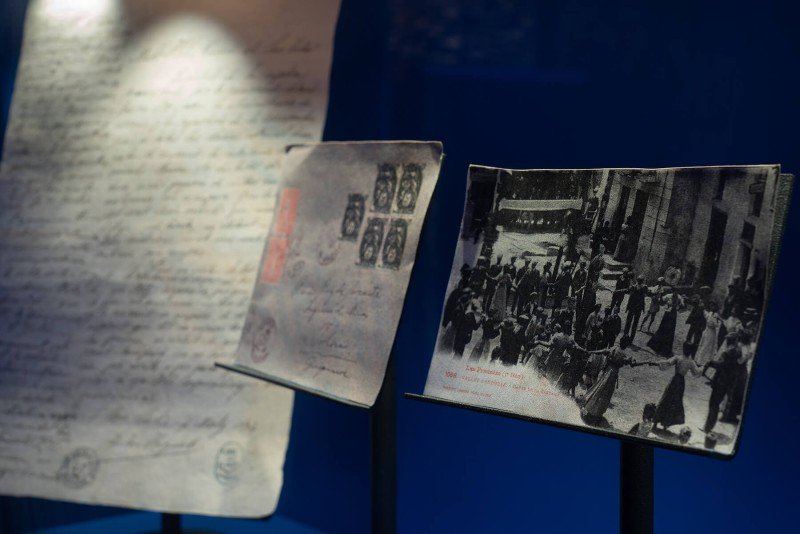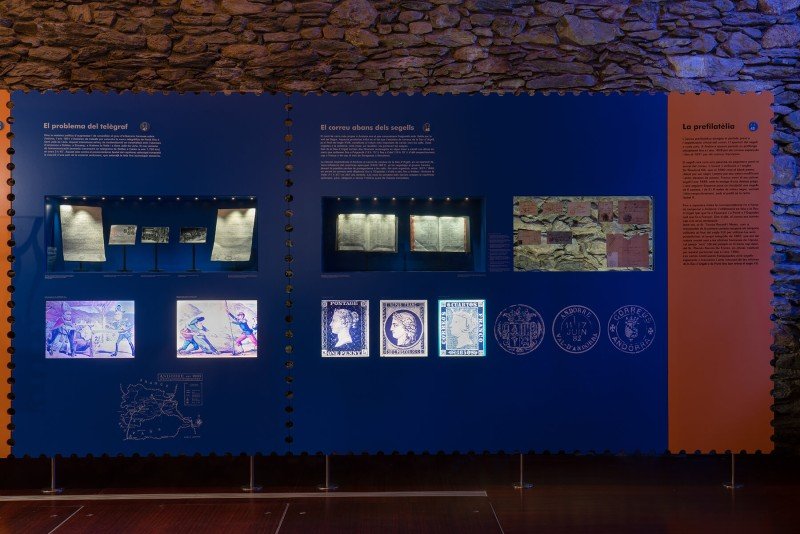The pre-philatelic period. Mail before stamps
The closest carriage track or road to Andorra was that linking Puigcerdà and Lleida through the Segre valley. This proximity is important in terms of understanding why the post office in La Seu d’Urgell was already handling the largest volume of letters to Andorra by the end of the 18th century. Twice a week, the sacks were picked up and taken away by mule. From La Seu d’Urgell there were two itineraries and some sections of these were done on horseback with others by carriages until they reached Puigcerdà (12hours 15minutes) and Tiurana (10hours 15 minutes) and then onward from those places towards France and by the Saragossa train to Barcelona respectively.
Andorra’s natural dependence on the postal service of la Seu d’Urgell, during a time when the episcopal co-prince commanded quite a strong influence (1822-1881), caused the French government to become concerned about a possible lessening of its prominence in Andorra, and consequently between 1837 and 1840 it organized postal service by stagecoach to Hospitalet and from there on foot to Soldeu and Andorra la Vella (11hours and 30 minutes), where it opened a post office. However, the voices of protest from sectors close to the episcopal co-prince forced the office to close almost immediately.
The birth of the post system and the invention of the stamp. The first post office
In the 19th century, letters arriving from La Seu d'Urgell or l’Hospitalet were left at the Hostal de Cal Calones in Andorra la Vella, which acted as a post office. A witness from the period describes the window of the hostel full of unclaimed letters, a fact that highlights the limitations and scope of the service in the Valleys of Andorra. This reality had a negative effect on initiatives to produce a series of Spanish stamps (1875) and to establish a special French transit mark (1882) for Andorra. The letters continued to be franked with Spanish and French stamps and postmarked at the offices of La Seu d’Urgell or Porta until the beginning of the 20th century.
The problems with the telegraph
As part of the same policy of increasing and consolidating the degree of French influence over Andorra, in 1881 work began to extend the telegraph network from Portato Sant Julià de Lòria. This deliberate modernisation effort materialised with the opening of stations in Soldeu, Encamp, Andorra la Vella and Sant Julià de Lòria. The new telecommunications system made it possible to send a telegram from Soldeu to Calais (a distance of about 1,750 km) in about 3hours and 45 minutes. This effort to combat the feudal protectionism of the episcopal co-prince included the reaction of a part of the Andorran society, which sabotaged the line until it succeeded in closing it down.






